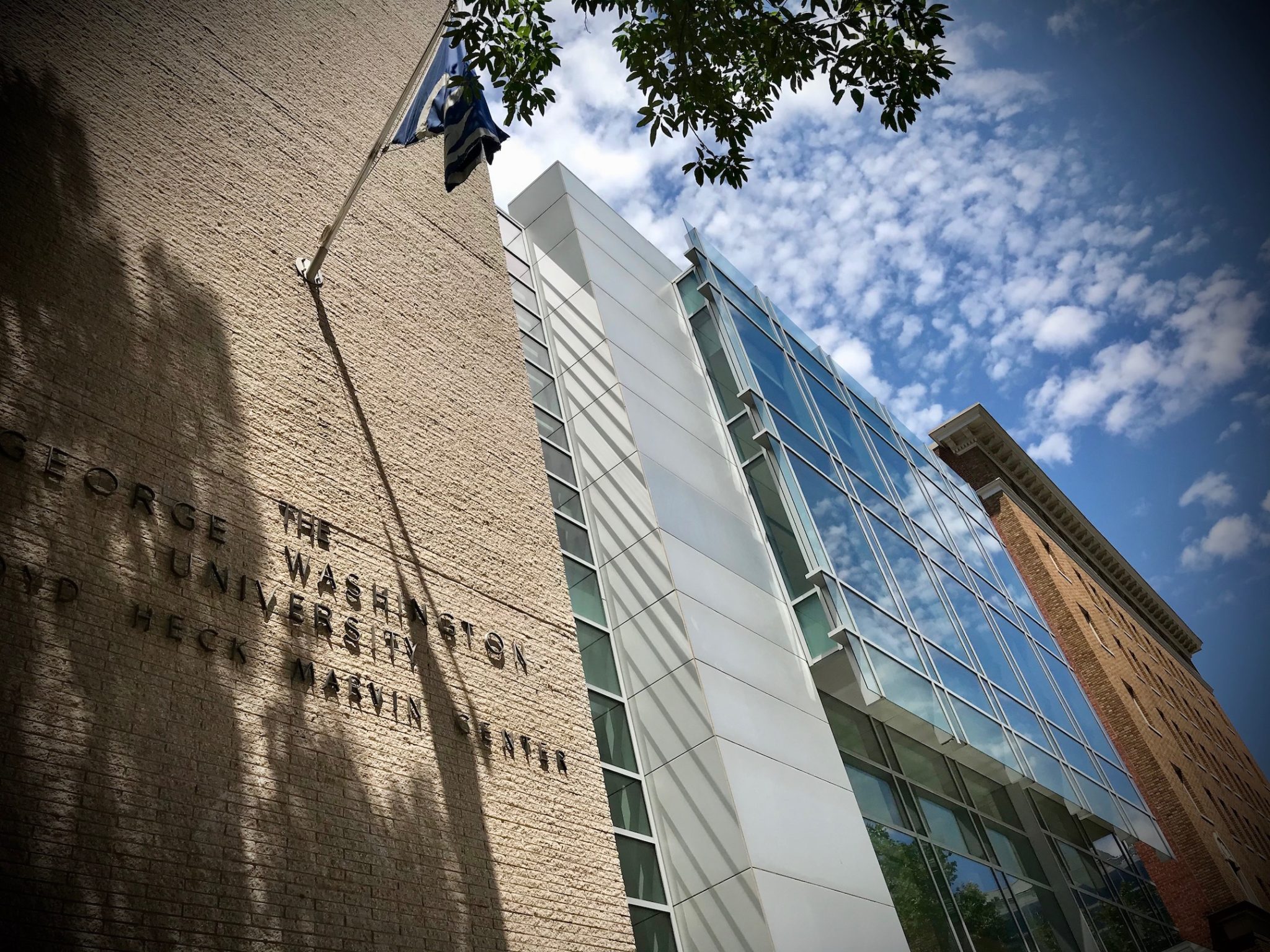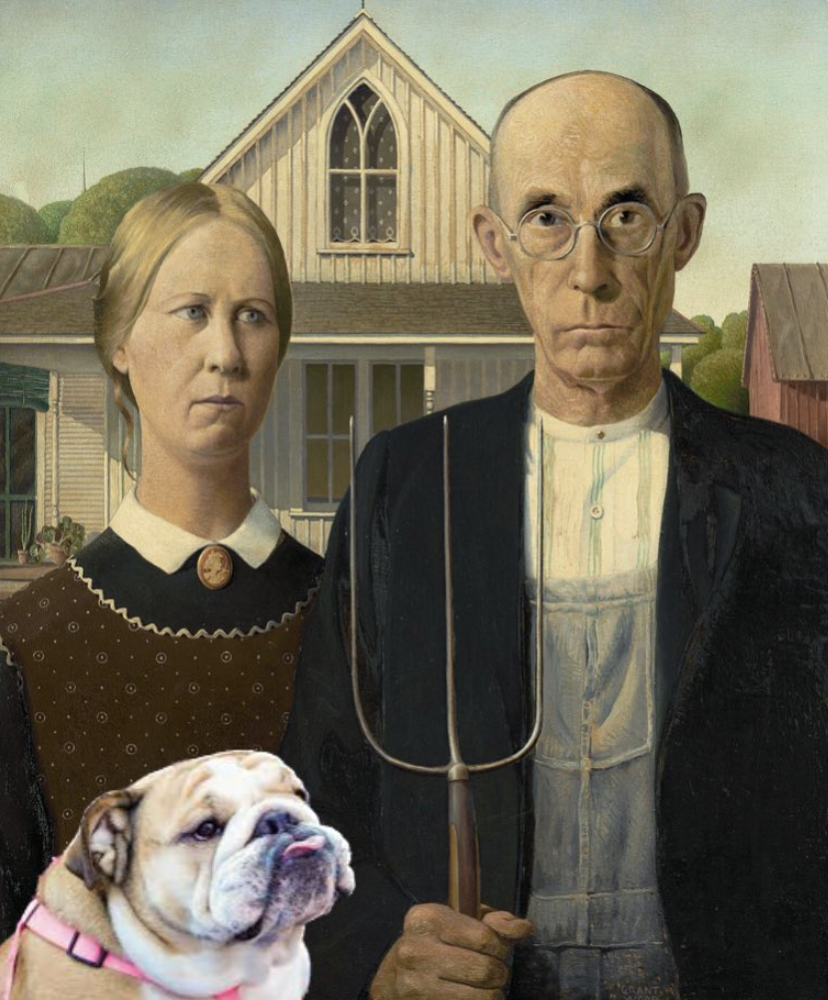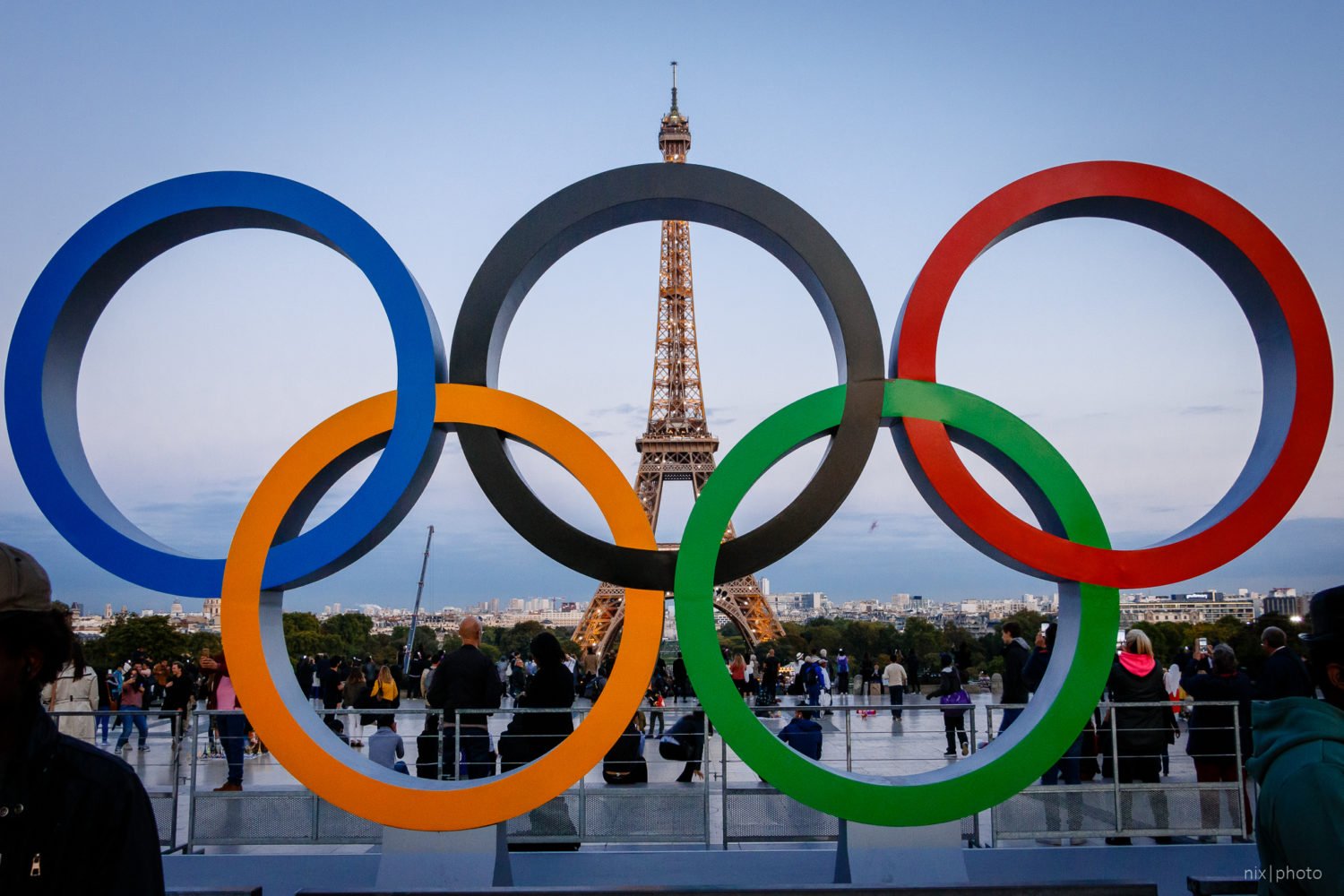Second in an occasional series of posts about Washington-area namesakes. Read the first post.
In 1946, the actress Ingrid Bergman spoke to Nelson B. Bell of the Washington Post about her dismay on learning that her performance in the play Joan of Lorraine at Lisner Auditorium would be seen only by white people. “[H]ad I known of certain discriminations prevalent in Washington I should have preferred not to play here at all,” she told Bell. “The theater, entertainment, the arts, should be for all the people.”
Bergman’s play was the auditorium’s inaugural performance, and the venue at George Washington University was segregated at the request of its benefactor, Abram Lisner, Andrew Joseph Novak writes in a critical biography of Cloyd Heck Marvin, the university’s president at the time.
Marvin almost single-handedly transformed George Washington University from a sleepy commuter school to a proper university with a strong identity and influence on life in Washington. He is also the reason GWU was the last university in the District of Columbia to desegregate.
He explained the school’s admissions policy toward black students thusly in 1938:
There are no colored students in The George Washington University. The presence in Washington of abundant education resources on all levels for the colored people, including Howard University and the public educational system, explains this practice. Students of any race or color perform their best educational disciplines when they are happily situated in a congenial and homogenous group, and the University, in its tradition and social environment, has long preserved this policy. Consistent with this long standing observance, The George Washington University does not register colored students.
Many leaders forge a complex legacy alongside their achievements, and Marvin was no different. He established himself as a unitary-executive-theory type of guy as soon as he came to George Washington in 1927—he’d survived an impeachment vote at his last job as president of the University of Arizona, and a recommendation from Herbert Hoover supposedly helped him to get the GWU job. He reorganized departments, cashiered teachers he didn’t like (one was smeared as a communist after her dismissal became a cause célèbre), and even perfected a shade of green that was adopted in interiors around campus. He expanded the university’s mission and its buildings, a task that required displacing many black property owners, who weren’t permitted to attend his school or be treated in the university’s medical center.
He was not exactly a fan of a free press, either, clashing frequently with the editors of student publications like the student newspaper The Hatchet. After the paper published an editorial that called for the university to admit black students, for instance, the university where nothing important happened without Marvin’s approval, tacit or otherwise, promptly suspended the staff. Marvin invited some students upset about the move to his office, where he explained that “The will of Abram Lisner, and several of the other generous benefactors of the University, stipulated that black students should not be allowed to attend the University,” Novak writes. Thanks to the intervention of J. Russell Wiggins, then the managing editor of the Washington Post, the university lifted the students’ suspensions.
Throughout the 1930s and ’40s, Marvin invoked an obscure rule of the board of trustees to keep the campus as free of liberals and liberal views as possible, banning students from taking part in peace protests and even denying admission to applicants who’d taken part in protests in high school.
Lisner formally desegregated in 1947 after a public campaign that Marvin characterized as “the Negro issue which [members of a student committee] are dragging around like a dead cat.” In 1949, anti-segregation editorials in the Hatchet led to what Novak calls “one of the more perplexing episodes in the drive to desegregate George Washington.” The director of GWU’s Hillel chapter, Irwin Glatstein, wrote a letter to the Hatchet in favor of those editorials and in support of desegregation. A report in the Jewish Telegraph Agency said Marvin threatened to fire Glatstein and boot Hillel from campus. US Representative Arthur Klein criticized Marvin in a press release after reading it. Marvin and the university denied the JTA report, and the storm passed.
As pressure increased on the university to desegregate, Marvin played for time, denying admission to black staffers at the university’s hospital as well as to a Howard professor whose schedule prohibited him from taking a course he needed to complete his Ph.D. at any university but George Washington. Over Martin’s objections, the law school faculty voted to desegregate in 1951. Marvin finally caved in 1954, saying later “In light of the principles enumerated by the Supreme Court, in light of our holding a Federal Charter, and in light of our relationship to government departments through contracts, it was felt we could not lag behind the new social front that is establishing itself.” (Note the particularly weaselly use of the passive voice in that last clause.) Still, he told the university staff, “I think our standards of admission and the high expectancy of our classroom work would deter many” minority students from attending.
How much of Marvin’s obduracy can be chalked up to prevailing awful attitudes toward race at the time? Reached by phone, Novak says the spectacularly non-diverse board of trustees likely shared many of Marvin’s views, but says, “If he had wanted to desegregate, it would have happened.”
Marvin retired in 1959 and died in 1969, but his segregationist legacy lived on past his presidency. A law student named Daniel Inouye considered leaving the school once he arrived and was told the school’s dormitories were segregated because the donors who gave the money who build them had stipulated they remain all-white, which they did until the 1960s. (Inouye, later a US Senator from Hawaii, eventually became a trustee of the school.) Some of the school’s sororities chose to close their GW chapters rather than comply with the school’s 19668 nondiscrimination act.
Marvin’s wife, Dorothy Betts Marvin, revealed two years after his death that she’d made a small fortune by investing her savings into the stock market and donated a million dollars to the university to rename its student center for her late husband. Students, outraged by different current events, had already informally renamed the center the “Kent State Memorial Center” and protested its dedication as the Cloyd Heck Marvin Center on February 15, 1971. That’s still its name today.



















